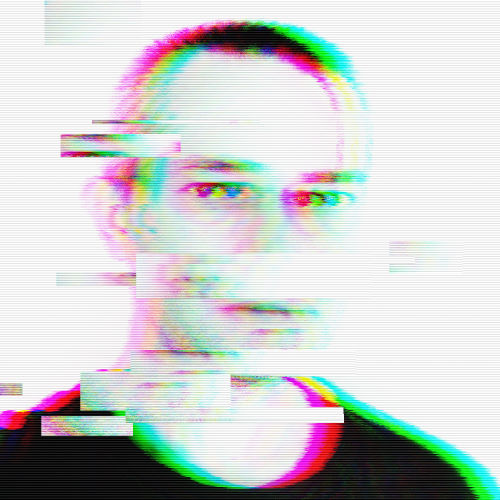You may or may not know that last Spring I went to Kyoto. It was my fifth trip there, and as I was with my parents, we mostly did touristy stuff.
It was a very different experience from my previous visit to the city. Japan’s borders have reopened, the tourists are back, and they’re back with a vengeance.
However, foreign tourists tend to all flock to the same spots, and some places here and there are still enjoyable for the most part.
Among them, Byōdō-in.
Located in Uji, on the outskirts of Kyoto (on the way to Nara), this temple dates from the Heian period (roughly one thousand years ago, when Kyoto became the capital of Japan and traditional Japanese culture rose to prominence) and is one of the many temples in Kyoto that is a UNESCO World Heritage Site (Japanese people are always very proud of that.)
I won’t describe the place in length, I advise you to get the Wikipedia page or the official site instead. Just know that while it’s not that famous abroad, it’s a big deal in Japan, to the point that it is depicted on the 10 yen coin. Not many landmarks are represented on Japanese coins – it’s the only one.
It’s more difficult than I thought to focus on both the coin and the temple (at least with my phone’s camera, I was traveling light) also, my nail was a bit dirty, whoops (and I shamelessly put it online anyway, oh well)
Apart from the main hall and a few other buildings, the temple also has an interesting museum full of historical artifacts. (no pictures are allowed inside)
Also, near Byōdō-in, there is this bridge. While rebuilt, probably many times, it’s considered very ancient, as it is mentioned in the Tale of Genji, one of the oldest known fiction of Japan, and one of the oldest known novels in the world.
In other words, a very interesting place, and while it’s by no means empty, it’s also a nice break from the overtourism that is unfortunately prevalent in Kyoto nowadays.
Discover more from liminal web
Subscribe to get the latest posts sent to your email.






